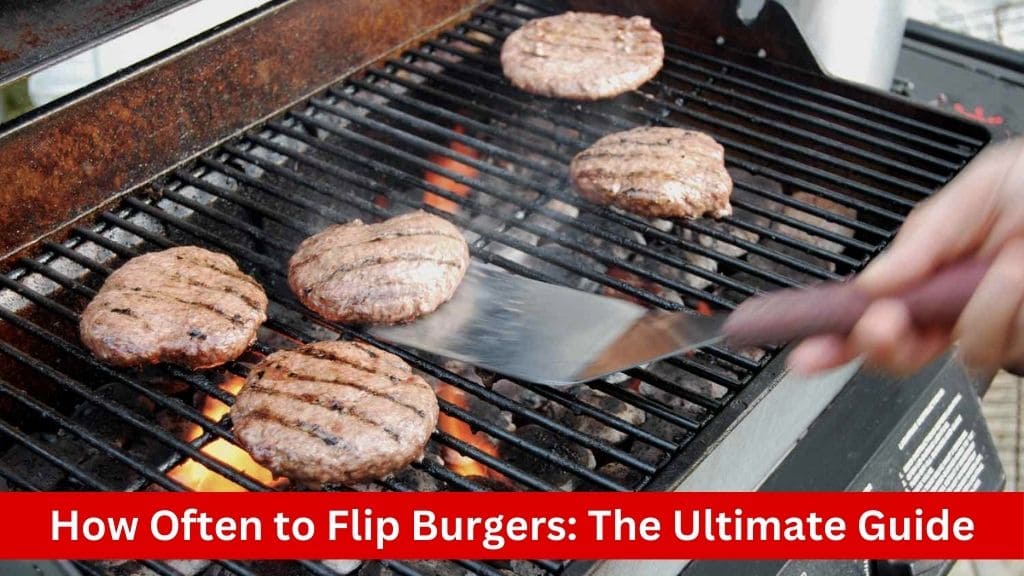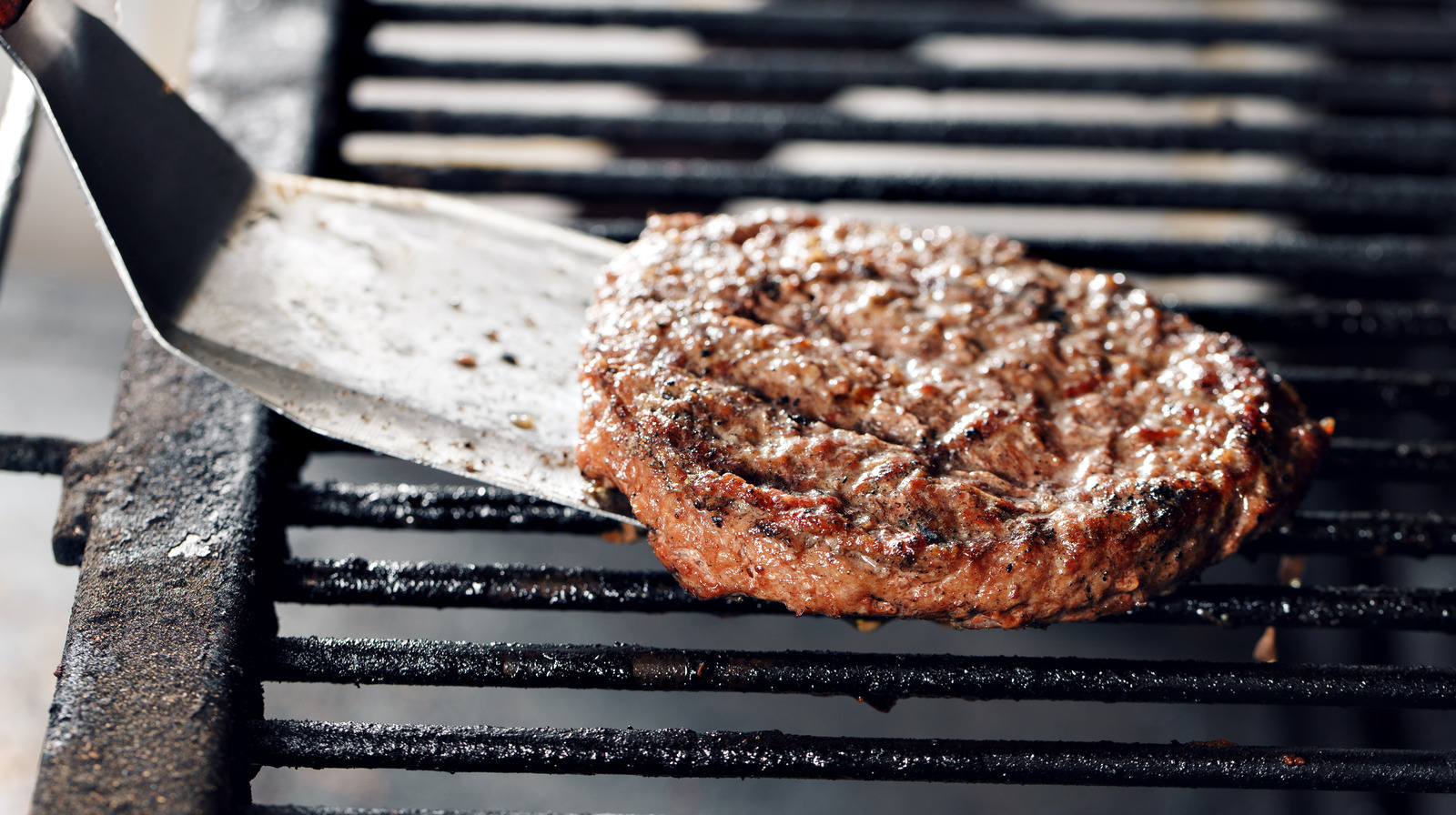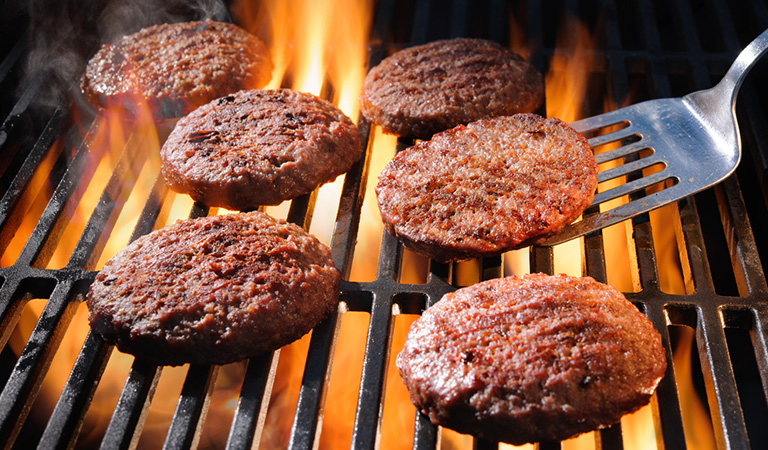In the realm of burger cooking, a seemingly simple question has sparked passionate debates among grill enthusiasts: how often should you flip a burger? Traditional wisdom may advocate for a single flip, while others argue in favor of multiple flips. In this comprehensive guide, we’ll delve deep into the science behind burger flipping and explore various techniques to achieve the perfect patty.
Burger flipping may seem like a mundane task, but it plays a crucial role in determining the texture, flavor, and overall quality of the final product. Understanding the effects of flipping frequency on the cooking process is essential for mastering the art of burger making.
The Single Flip Camp: Tradition vs. Innovation
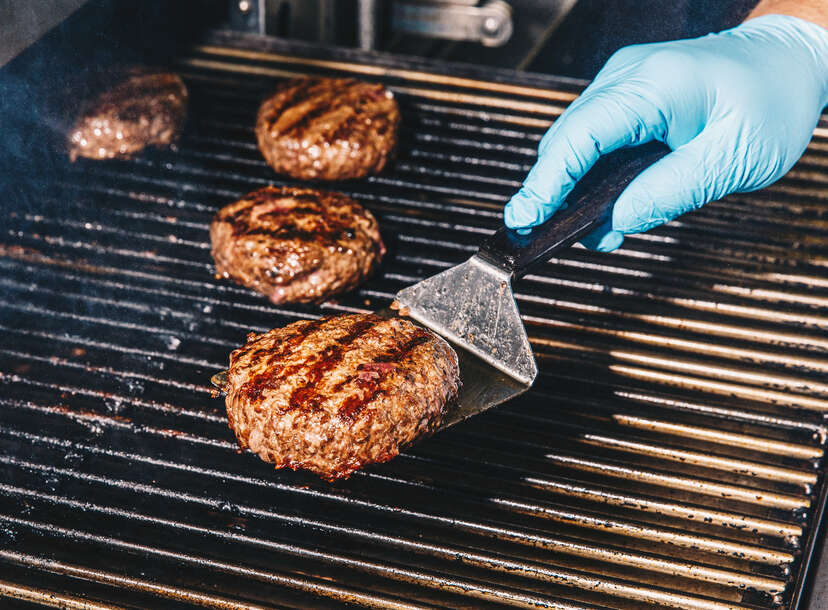
Traditional Wisdom
The single flip method has been ingrained in barbecue culture for generations. Advocates of this approach argue that flipping a burger only once promotes more even cooking and enhances flavor development. According to traditional wisdom, flipping a burger multiple times can disrupt the cooking process, leading to uneven browning and loss of moisture. This belief is deeply rooted in the rituals and techniques passed down from grill master to apprentice, forming the backbone of backyard barbecue traditions.
The Nervous Flippers
Contrary to the traditionalists, there exists a subset of grill enthusiasts who can’t resist the urge to continuously flip their burgers. Nicknamed “nervous flippers,” these individuals believe that frequent flipping results in shorter cooking times and more consistent browning. While frowned upon by purists, this approach has gained traction among experimental grill masters who are willing to challenge convention in pursuit of culinary excellence. The nervous flippers argue that constantly rotating the patty prevents it from sticking to the grill and allows for more precise control over the cooking process.
Exploring the Debate
The debate between the single flip camp and the nervous flippers extends beyond mere technique; it reflects broader philosophical differences in approach to cooking. Traditionalists emphasize the importance of preserving culinary heritage and adhering to time-honored methods, while innovators prioritize experimentation and adaptation in the quest for culinary perfection. At the heart of the debate lies a fundamental question: Is it better to adhere to tradition or embrace innovation in the pursuit of burger excellence?
Finding Common Ground
Despite their differences, both camps share a common goal: to create the perfect burger. While traditionalists may prefer the simplicity and reliability of the single flip method, innovators are drawn to the creative possibilities offered by frequent flipping. Ultimately, the debate serves as a testament to the diversity and richness of the grilling community, where individuals with different perspectives come together to celebrate their shared love of burgers and barbecue.
The Multi-Flip Advocates: Challenging Tradition

Understanding the Cooking Process
To grasp the significance of flipping frequency, it’s essential to delve into the science behind burger cooking. Several key factors come into play, including heat transfer, moisture retention, and the Maillard reaction, all of which influence the texture, flavor, and overall quality of the final product.
The Maillard Reaction
Central to the process of burger cooking is the Maillard reaction, a complex chemical reaction that occurs between amino acids and reducing sugars when exposed to high temperatures. This reaction is responsible for the browning and flavor development observed in cooked meat, imparting a rich, savory taste and aroma to the burger.
Heat Transfer Dynamics
Flipping a burger affects the distribution of heat within the patty, influencing the rate of cooking and the degree of doneness. Heat is transferred from the cooking surface to the interior of the meat through conduction and convection, with each flip altering the balance between these two processes. Understanding the dynamics of heat transfer is essential for optimizing cooking times and achieving desired levels of doneness.
Moisture Retention
Another crucial aspect of burger cooking is moisture retention. As the burger cooks, moisture evaporates from the surface, leading to shrinkage and potential dryness. The frequency of flipping can impact moisture retention, with some methods claiming to preserve juices more effectively than others. Balancing moisture retention with browning and flavor development is key to creating a juicy, succulent burger.
Effects of Flipping Frequency
The frequency of flipping plays a significant role in shaping the texture and flavor of the burger. Traditionalists argue that flipping a burger only once promotes more even cooking and better flavor development, while proponents of multiple flips claim that frequent flipping leads to shorter cooking times and more consistent browning. The debate surrounding flipping frequency reflects broader philosophical differences in approach to cooking and culinary innovation.
Experimental Insights
Culinary experiments, such as those conducted by J. Kenji López-Alt, have provided valuable insights into the effects of flipping frequency on burger cooking. By meticulously testing different methods and analyzing the results, researchers can gain a deeper understanding of the underlying principles governing burger cooking and identify strategies for optimizing flavor, texture, and overall quality.
The Case for Multiple Flips
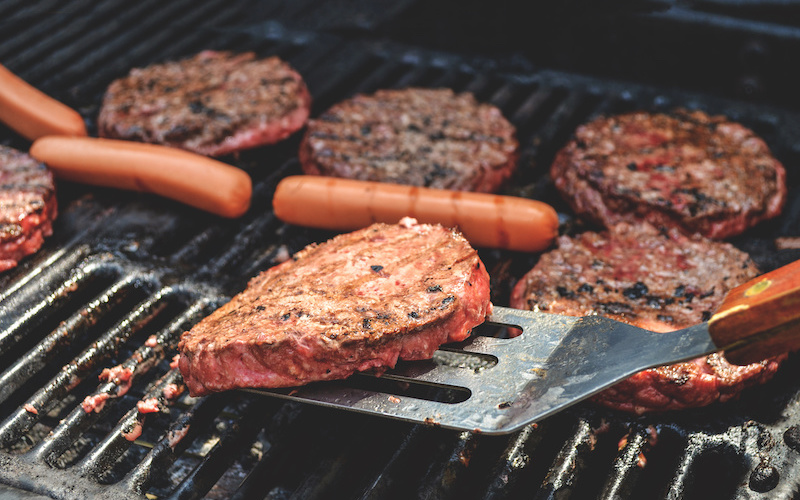
Shorter Cooking Times
One of the primary arguments in favor of multiple flips is the potential for shorter cooking times. Advocates of this method contend that by flipping the burger more frequently, both sides are exposed to heat simultaneously, accelerating the cooking process. Unlike the traditional single flip approach, which requires waiting for one side to cook before flipping, multiple flips allow for more efficient heat transfer and faster overall cooking.
Even Browning
Another advantage touted by proponents of multiple flips is the promotion of more even browning. When a burger is flipped frequently, each surface has an opportunity to come into contact with the hot cooking surface, resulting in uniform coloration and flavor development. This can lead to a more visually appealing burger with a consistent caramelized crust, enhancing both the aesthetic appeal and taste of the final product.
Enhanced Moisture Retention
Contrary to concerns that frequent flipping may lead to moisture loss, some studies suggest that multiple flips can actually help retain juices within the burger. By constantly rotating the patty, the juices are redistributed more evenly throughout the meat, preventing them from pooling on one side and promoting juiciness and succulence. This can result in a burger that is moist and flavorful from the first bite to the last.
Reduced Risk of Overcooking
Autopsies of burgers cooked with multiple flips have revealed a reduction in the amount of overcooked meat around the edges. This phenomenon can be attributed to the more uniform distribution of heat achieved through frequent flipping, minimizing the risk of dry, charred sections. By ensuring that both sides of the burger are cooked evenly, multiple flips help maintain a perfect balance between doneness and juiciness, resulting in a more satisfying eating experience.
Empirical Evidence
Experimental studies, such as those conducted by culinary experts like J. Kenji López-Alt, have provided empirical evidence supporting the benefits of multiple flips. By meticulously testing different flipping frequencies and analyzing the results, researchers have been able to demonstrate the superiority of this method in terms of cooking time, browning, moisture retention, and overall quality. These findings challenge traditional notions of burger cooking and provide valuable insights for grill enthusiasts seeking to elevate their culinary skills.
The Reverse Searing Technique
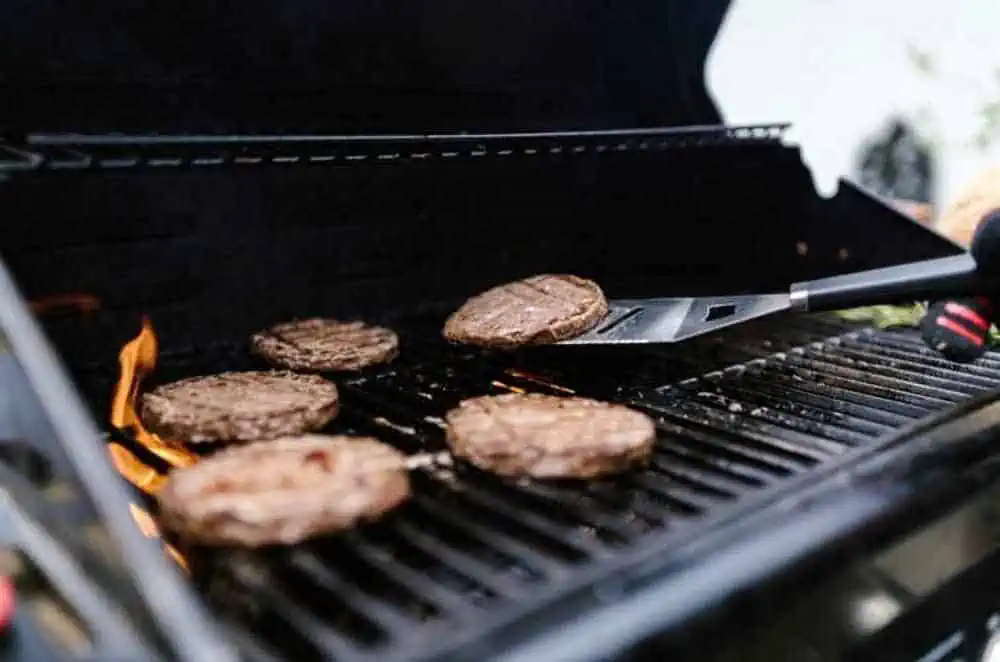
Paradigm Shift in Burger Cooking
The reverse searing technique represents a paradigm shift in burger cooking, offering a novel approach to achieving optimal texture, flavor, and juiciness. Unlike traditional methods that involve searing the burger first and then finishing it in the oven, reverse searing flips the process on its head, resulting in burgers that are cooked to perfection from edge to edge.
Maximizing Succulence
At the heart of the reverse searing technique is the goal of maximizing succulence. By starting the cooking process in a low-temperature oven (typically around 200 to 225°F), the burger is gently heated from within, allowing for even cooking and moisture retention. This gradual approach prevents the exterior from drying out prematurely, resulting in a juicy, tender patty with a perfect medium-rare center.
Controlled Cooking Process
One of the key advantages of reverse searing is the ability to maintain precise control over the cooking process. By monitoring the internal temperature of the burger, grill enthusiasts can ensure that it reaches the desired level of doneness without risking overcooking. This level of control is particularly valuable when preparing thick burgers, where achieving uniform doneness can be challenging with traditional cooking methods.
Flavor Development
In addition to maximizing succulence, reverse searing also enhances flavor development. By allowing the burger to cook slowly in the oven, the Maillard reaction—the chemical process responsible for browning and flavor formation—is given ample time to occur. This results in a beautifully caramelized crust and a depth of flavor that is unparalleled by traditional cooking methods.
Reduced Risk of Overcooking
One of the most significant benefits of reverse searing is its ability to minimize the risk of overcooking. Because the burger is cooked at a low temperature initially, there is less risk of the exterior becoming charred or dry. Instead, the burger retains its moisture and tenderness, resulting in a perfectly cooked patty with minimal shrinkage or loss of juiciness.
Practical Considerations
While reverse searing requires a bit more time and attention compared to traditional methods, the results are well worth the effort. Additionally, this technique can be easily adapted to various cooking environments, whether using a stovetop skillet or an outdoor grill. By following a few simple steps and exercising patience, grill enthusiasts can enjoy burgers that are succulent, flavorful, and cooked to perfection every time.
Conclusion
In the ever-evolving world of burger cooking, there’s no one-size-fits-all approach to flipping frequency. Whether you’re a staunch advocate of the single flip method or a proponent of multiple flips, the key is to experiment, adapt, and find what works best for you.
By understanding the science behind burger cooking and exploring innovative techniques like reverse searing, you can elevate your grilling game and create mouthwatering burgers that will delight friends and family alike. So go ahead, fire up the grill, and flip your way to burger perfection!

